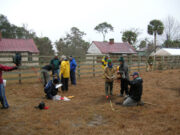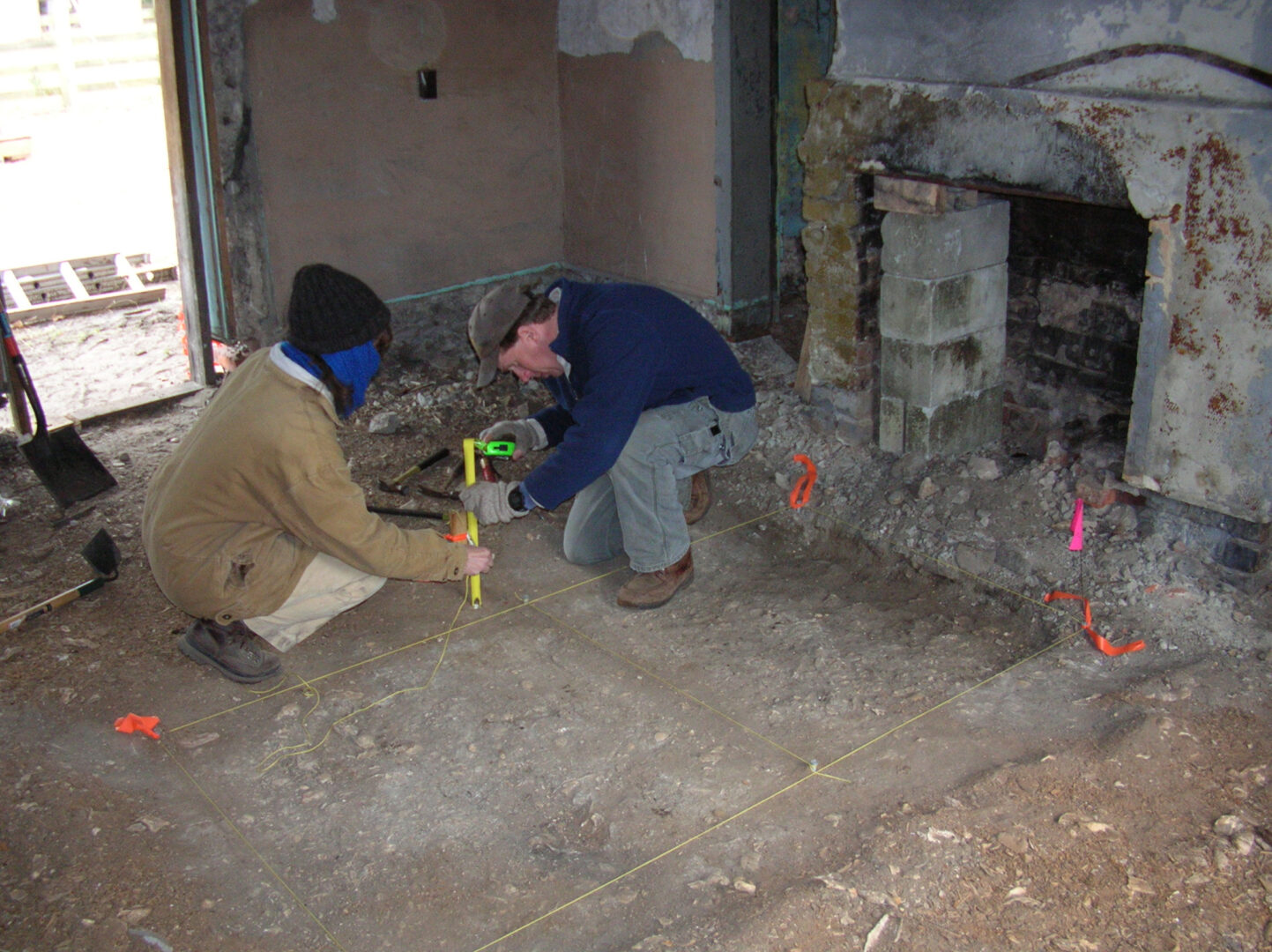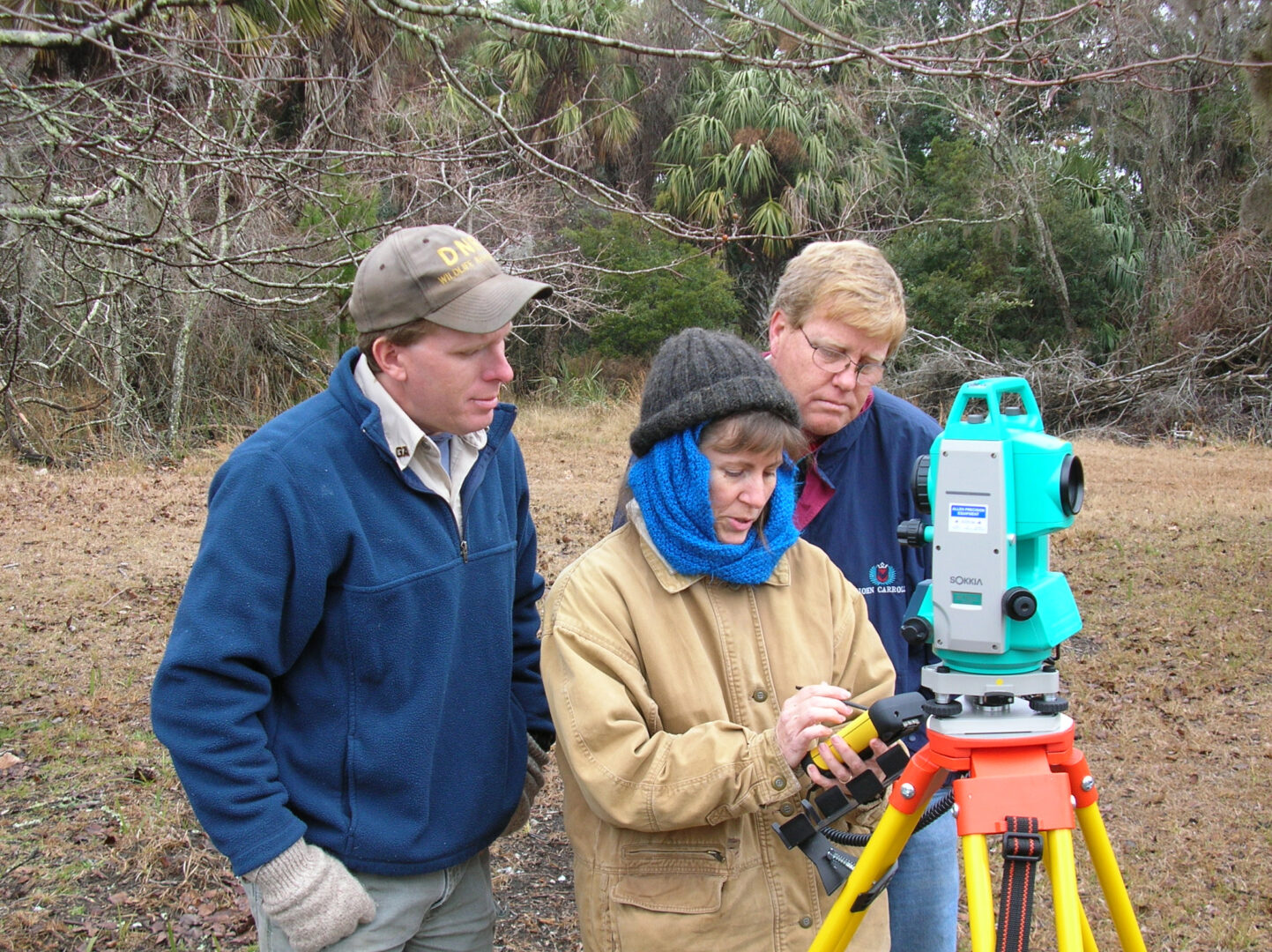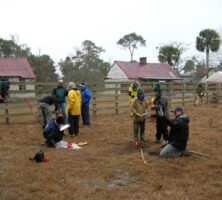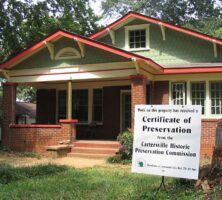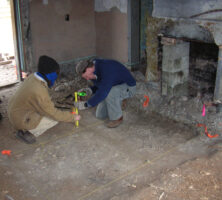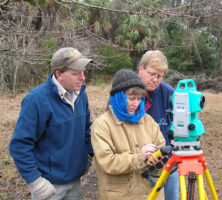Georgia has more than 100 local preservation commissions that manage development and monitor change. These preservation boards are among almost 2,500 local historic preservation programs nationwide.
Historic preservation has been a part of local government planning in this country since 1931, when Charleston, South Carolina, responded to a threat to its downtown historic area with a local design-review ordinance, and a few other cities, including Savannah, followed. The growth of this local planning practice was fostered by the federal and state partnership initiated by the National Historic Preservation Act of 1966. As this nationwide program matured, federal and state activities were related to local efforts through the Certified Local Government (CLG) program authorized in 1980. As of June 2004, 110 cities and counties in Georgia had historic preservation ordinances, and 69 of those had joined the state’s CLG program. In addition, numerous other design-review programs have been created to deal with nonhistoric areas of towns such as corridors, strip development, and new subdivisions.
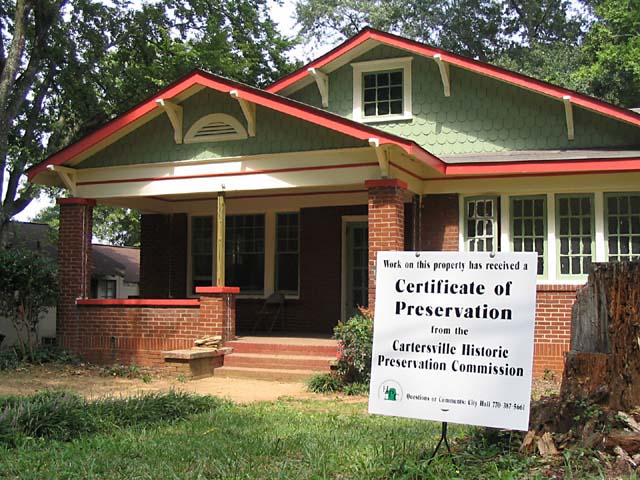
Photograph by Jennifer Martin Lewis
A municipal historic preservation program is defined by a preservation ordinance, a design review board, locally designated districts, design guidelines, local incentives, advocacy organizations (local nonprofits and quasi‑governmental agencies), and planning staff. The principles for creating local design-review programs are usually spelled out in state legislation. In Georgia the Historic Preservation Act of 1980 enables local ordinances and provides guidance for the establishment of local preservation commissions. When the federal legislation created the CLG program in that year, a legislative framework and a small-grant fund were created that strengthened community preservation programs through a formal link with the State Historic Preservation Office (SHPO).
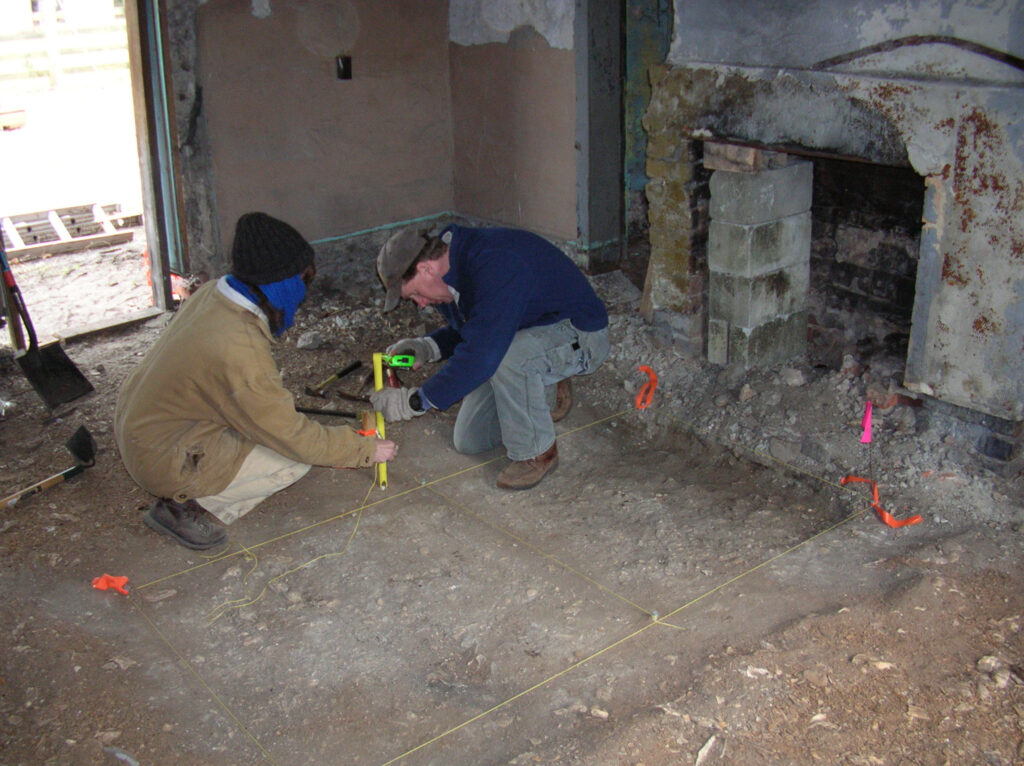
Courtesy of Historic Preservation Division, Georgia Department of Community Affairs.
In Georgia the CLG program builds on the longstanding working relationship between the Historic Preservation Division and local governments by expanding the scope of local responsibilities and opportunities for preservation. Any city, town, or county that has enacted a historic preservation ordinance, enforces that ordinance through a local preservation commission, and has met requirements outlined in the procedures for Georgia’s CLG program is eligible to become a CLG. Through a creative partnership the Georgia SHPO worked with local governments to establish the Georgia Alliance of Preservation Commissions as an umbrella group for CLGs and non-CLGs alike. It is based at the College of Environment and Design at the University of Georgia.
Local governments have found that CLG grants, though small, provide seed money to help larger efforts get off the ground. They have learned to phase preservation activities over several years to build larger, more meaningful projects. CLGs that have been participating in the program for almost twenty years have been able to build equity in their local preservation programs by successfully completing grant projects each year. The CLG program reinforces state legislation and perhaps more important, brings a national perspective to local resource protection. The sequence of identification, evaluation, and protection of resources, commonly known as the federal preservation planning process, now can be aligned with local procedures and issues, and can recognize locally significant historic and archaeological properties.
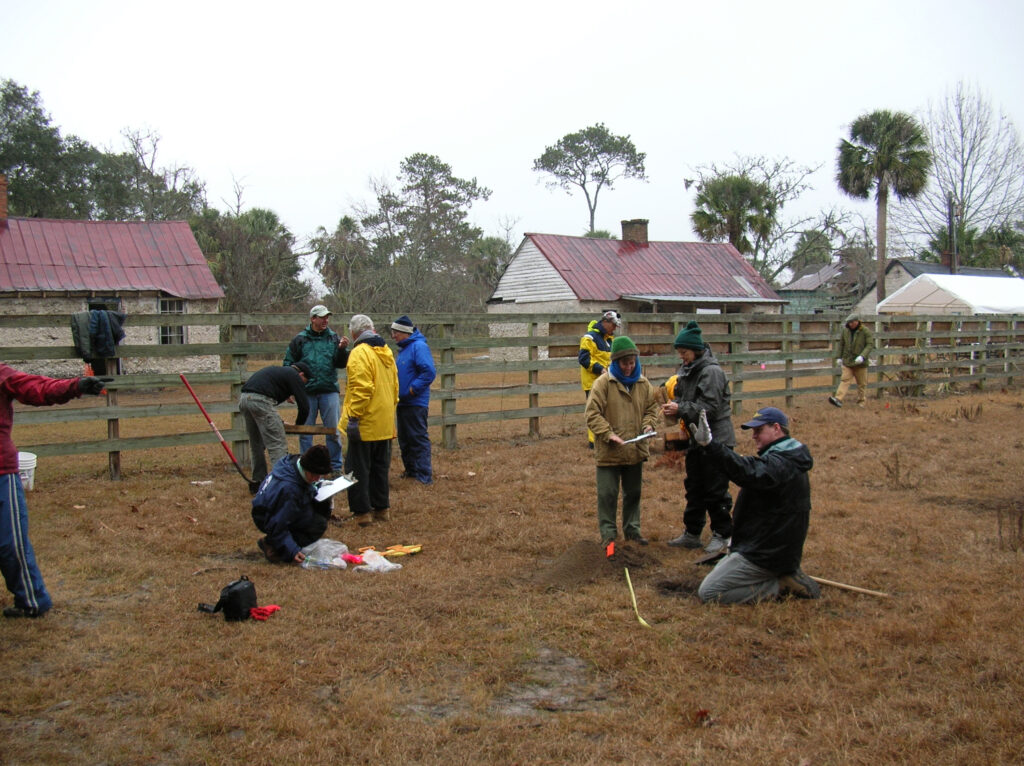
Courtesy of Historic Preservation Division, Georgia Department of Community Affairs.
Local preservation programs often face difficult and sometimes contentious issues. Current examples include the historic resources of the recent past, the significance of which is not readily apparent or easily accepted, and affordable housing programs and the need to address socioeconomic issues in low-to-moderate-income neighborhoods. Commissions provide a mechanism to address such issues, but these become politically sensitive and require flexibility and creative thinking.
Preservation plans are now a required element of local comprehensive planning. Historic preservation is becoming a part of other municipal planning elements, such as traditional land-use zoning, subdivision regulations, and building codes, in large part because of the increase in the number and visibility of preservation commissions. Education, both for the general community and for commission members, has become a necessary part of the work of local government programs. Published historic inventories, tour brochures, and special community events are among the tools commissions use to make citizens aware of the historic resources of their communities. Constant training in the principles and procedures of preservation planning is essential to the successful operation of citizen-based preservation programs.
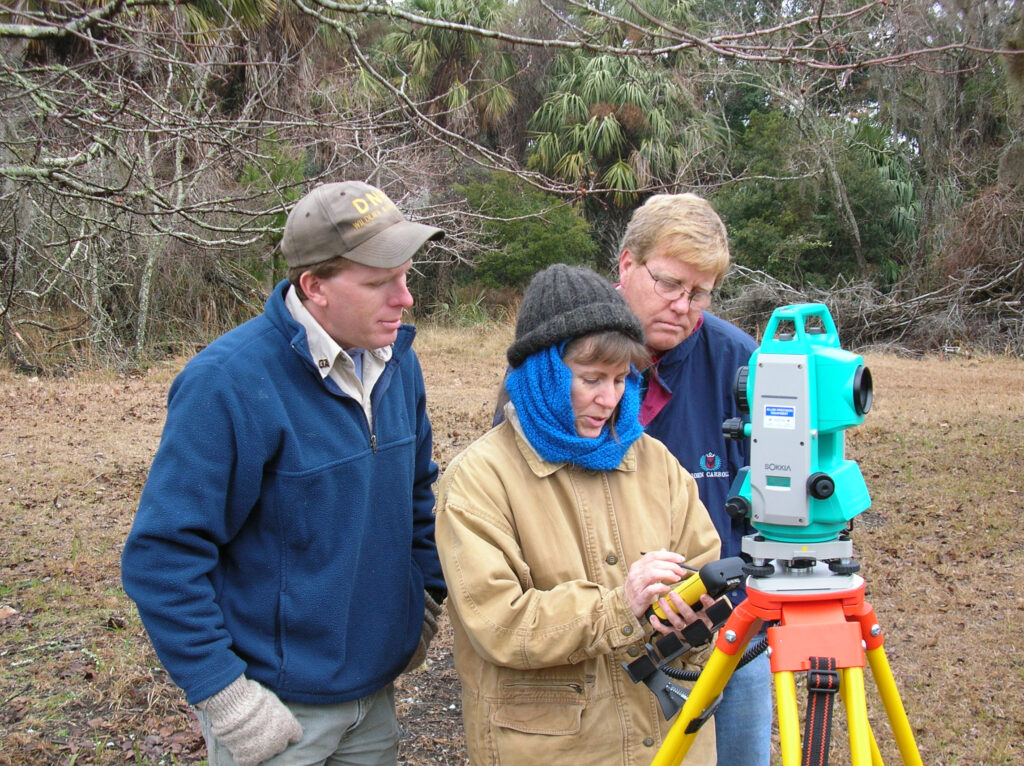
Courtesy of Historic Preservation Division, Georgia Department of Community Affairs.
Despite the challenges, Georgia’s preservation partnership is well developed, and the local preservation commission is a key player on that team. The Georgia Historic Preservation Act, the Certified Local Government Program, the Georgia Alliance of Preservation Commissions, and a network of local and regional planning staff support and strengthen the work of commissions across the state.


